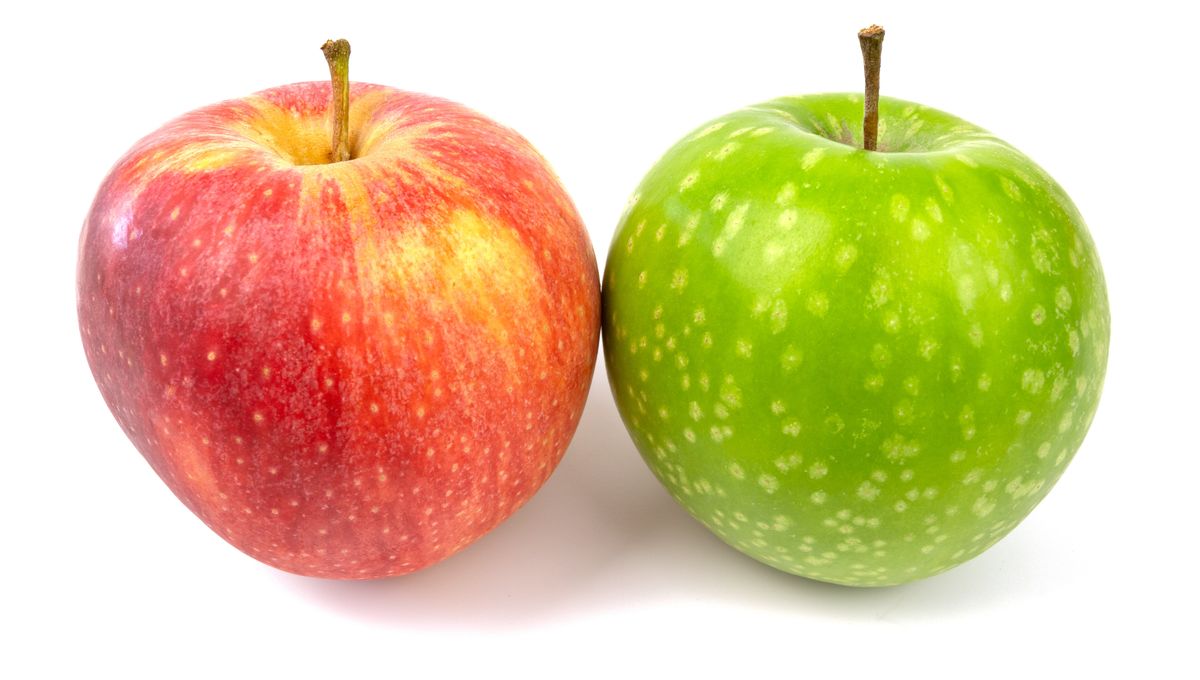
Ever looked a little too closely at the skin of an apple and noticed its surface is covered in thousands of tiny brown, or sometimes white, dots? Well, that doesn’t mean the apple has been sitting out in the Sun too long, or that it’s got some kind of trypophobia-triggering disease. These tiny dots actually play a crucial role in the plant’s development.
These small, spongy pores are found in the outer skin (epidermis) of many plant organs, including fruits, stems, and even woody bark. Called lenticels, you can spot them not only on apples, but also on pears, potatoes, and the trunks of trees like birch or cherry. Despite their unassuming appearance, lenticels perform a vital function: they allow gas exchange between the internal tissues of the plant and the external environment.
Unlike leaves, which have stomata for gas exchange, the skin of some fruits and bark is usually impermeable. That’s where lenticels come in. These tiny openings allow oxygen and carbon dioxide to pass in and out of the fruit, as well as enabling the plant to control moisture levels inside the fruit.
Plants exchange oxygen and carbon dioxide in different ways depending on the process. For photosynthesis, a chemical process used to create oxygen and sugars, carbon dioxide is taken in, and oxygen is released. To convert these sugars into energy used for growth, they will take in oxygen and expel carbon dioxide in aerobic respiration.
The plant’s fruits perform aerobic respiration, which is needed for them to grow and ripen, a process that continues even after the fruit is harvested. While leaves predominantly perform the plant’s photosynthesis, some researchers have suggested that fruit lenticels are involved in photosynthesis too, allowing for sunlight to permeate, though at much lower levels than other parts of the plant where lenticels aren’t present.
While lenticels are critical for fruit development, they can also be a point of vulnerability. As they are essentially openings into the fruit’s protective casing, lenticels provide the perfect environment for harboring pathogens like bacteria and fungi. Under certain conditions, like warm, humid environments, lenticels can become infected, leading to disorders such as lenticel breakdown or lenticel rot. These infections can cause discoloration, rough textures, or even internal decay of the fruit.
So next time you find yourself inspecting the surface of your Granny Smith or Honeycrisp, remember – those tiny dots aren’t blemishes, they’re an essential part of the apple’s biology. And while you’re at it, take a look at the surface of a strawberry, because those little dots aren’t actually strawberry seeds.
Source Link: What Are Those Tiny Dots On Apples?